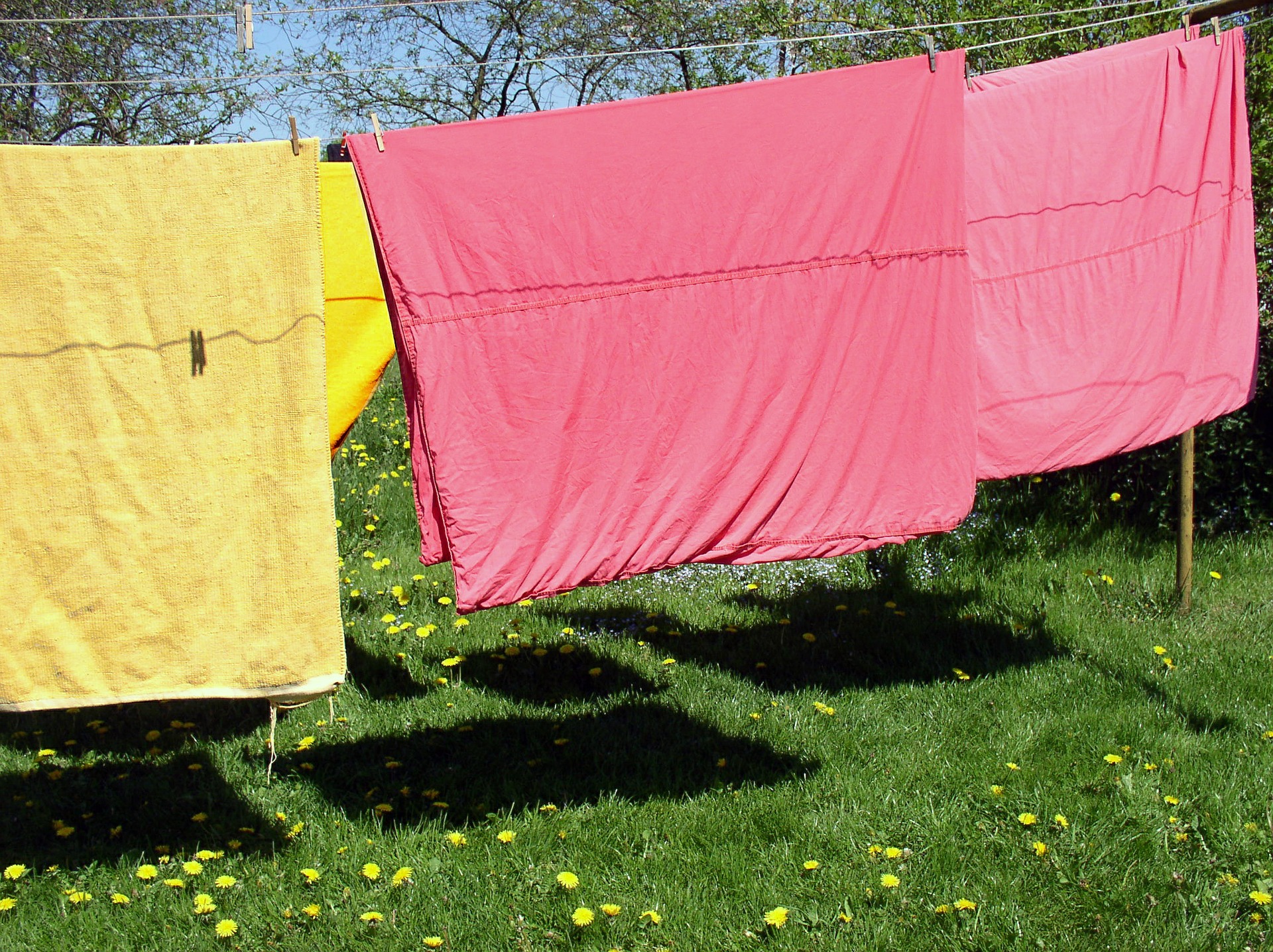What do you really know about thread counts and comfort when it comes to choosing sheets?
When choosing quality bed linen, factors such as price, comfort, and breathability all play a significant part in the process, but generally speaking, the first thing people look at when purchasing is thread count.
Do you have a hard and fast rule when choosing linen, or do you have a vague understanding of what to look for in thread count and the difference between fibers?
I once held the maxim that sheets were to follow the “all cotton, at least 1000 thread count” rule, however the increased use of other fibers in making bedding has necessitated that this concept undergo more thorough examination.
Choosing the right bed sheets can make all the difference in the quality of your sleep, believe it or not. But how do we choose the right sheet – given that it’s a lot cheaper these days to shop online than it is to examine sheets in person, where you have the chance to see and feel the linen?
Finding the right sheets combining your desired comfort level and the feel of luxury, with your preferred price point can be a challenge. Here is some useful information that can help you choose exactly the right bedding for your particular needs.
What are thread counts?

According to Hayley Worley of The Sheet Society and the sleep brand Sealy, the thread count “refers to the number of threads (strands of fabric) per square inch of fabric… calculated by counting the number of horizontal threads and the number of vertical threads which make up the weave of the fabric.”
For a significant period of time, a high thread count (generally 1000+) made from 100% cotton has been considered the go-to benchmark for top-quality linen.
How good is your cotton?

Firstly, is the cotton used to make your linen good quality? Sure, the thread count may be high, but the cotton used may be thin and lower quality in order to be spun tightly into a small space to reach the magical 1000+ figure. There may be more threads per square inch, but that doesn’t mean your sheets have better softness and breathability.
If you’re aiming for top-quality cotton linen, start by looking for organic cotton materials listed in the production. When buying at a shop, rather than online, also try to take into account the quality of the stitching – if that’s done poorly it can be attributed to lesser quality products as well.
Aim also to buy pre-washed cotton bedding, as cheaper versions can contain waxes that give them an illusion of softness that may not be present after you’ve washed them once or twice.
Cotton sheets versus synthetic materials

While cotton retains its reputation for being the most natural, breathable linen, and is cheap to manufacture, the idea of 1000+ thread count sheets setting the benchmark for softness and quality has been challenged.
Cotton can retain germs and odors and may lack the overall cleanliness benefits of highly absorbent, easy to clean linens such as microfiber, although microfiber isn’t trusted in households to the same degree because it’s a synthetic material that uses polyester, which is often associated with warmer, clingier sheet sets.
The rise of bamboo linen

The biggest challenger to cotton linen is bamboo material. While a 1000+ thread count is considered a significant benchmark in which to have soft, comfortable cotton, a similar softness can be achieved by utilizing a lower thread count in bamboo fiber.
Bamboo also has advantages in durability (provided you treat the linen gently when washing or drying), general comfort, and cleaning aspects of the fabric, while their coolness against your skin is similar to cotton thread.
While cotton is the tried and true, and generally less expensive at a lower thread count compared to cotton, the choice is no longer a decisive one. Also, bamboo is considerably more environmentally friendly than cotton as well, given it’s readily available and doesn’t need intensive farming to grow.
Does a higher thread count mean better sheets?

With the benefits of contemporary linen fibers, a higher thread count no longer automatically means better sheets. While a higher cotton sheet thread count is still considered ideal for bed linen traditionalists, the increased use of bamboo material means that you can get highly comfortable, breathable, and health-conscious fabrics at a lower thread count.
If you buy cotton linen exclusively, look beyond the thread count to other production factors – such as organic thread, or pre-washed linen – to get a more accurate picture of its quality.














